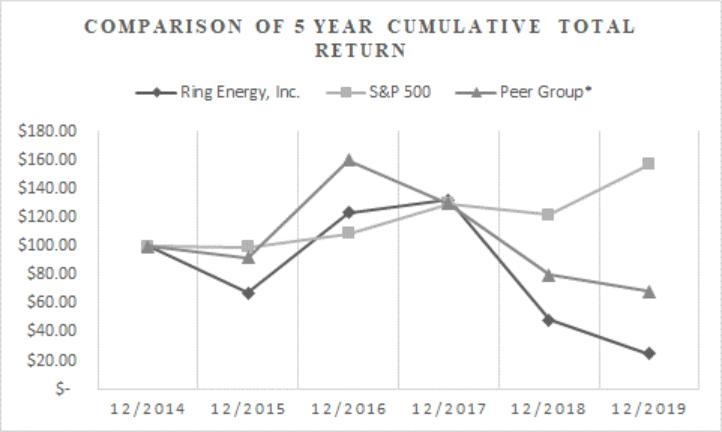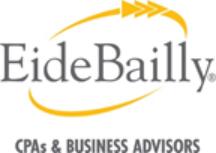Base Salaries
The Compensation Committee believes base salary is an integral element of executive compensation to provide executive officers with a base level of monthly income. We provide all of our employees, including our Named Executive Officers, with an annual base salary to compensate them for their services to the Company. Similar to most companies within the industry, our policy is to pay Named Executive Officers’ base salaries in cash.
The base salary of each Named Executive Officer is reviewed annually, with the salary of the Chief Executive Officer being established by the Compensation Committee and the salaries of the other executive officers being determined and approved by the Compensation Committee after consideration of recommendations by the Chairman of the Board and Chief Executive Officer. The Compensation Committee analyzes many factors in its evaluation of our Named Executive Officers’ base salary, including the experience, skills, contributions and tenure of such officer with the Company and such executive officers’ current and future roles, responsibilities and contributions to the Company.
For the year ended December 31, 2017, Mr. Broaddrick received a salary of $145,000. Effective January 1, 2018, the Compensation Committee recommended an increase of $30,000 for Mr. Broaddrick, increasing his base salary to $175,000. Effective January 1, 2019, the Compensation Committee recommended an increase of $20,000 for Mr. Broaddrick, increasing his base salary to $195,000.
For the year ended December 31, 2017, Mr. Hoffman received a salary of $205,000. Effective January 1, 2018, the Compensation Committee recommended an increase of $30,000 for Mr. Hoffman, increasing his base salary to $235,000. Effective January 1, 2019, the Compensation Committee recommended an increase of $15,000 for Mr. Hoffman, increasing his base salary to $250,000.
For the year ended December 31, 2017, Mr. Fowler received a salary of $175,000. Effective January 1, 2018, the Compensation Committee recommended an increase of $25,000 for Mr. Fowler, increasing his base salary to $200,000. Effective January 1, 2019, the Compensation Committee recommended an increase of $25,000 for Mr. Fowler, increasing his base salary to $225,000.
For the year ended December 31, 2017, Mr. Wilson received a salary of $175,000. Effective January 1, 2018, the Compensation Committee recommended an increase of $25,000 for Mr. Wilson, increasing his base salary to $200,000. Effective January 1, 2019, the Compensation Committee recommended an increase of $25,000 for Mr. Wilson, increasing his base salary to $225,000.
While Mr. Rochford has been Chairman of the Board of Directors since 2013, Mr. Rochford was hired as an employee effective October 1, 2019. The Compensation Committee designated a starting salary for Mr. Rochford of $180,000. For the partial year 2019, Mr. Rochford received $45,000 in salary.
The salary of each of our Named Executive Officers is reported in the “Salary” column of the “Summary Compensation Table” for each Named Executive Officer.
Annual Bonuses
The Company’s payment of bonuses has been discretionary and is largely based on the recommendations of the Compensation Committee. Cash incentive bonuses are designed to provide our executive officers with an incentive to achieve the Company’s business goals and objectives and are tied to the performance of the Company. Cash bonuses have not been, and are not expected to be, a significant portion of the Company’s executive compensation package. Cash bonuses are determined for Named Executive Officers based on the Company’s performance for the prior year, the officer’s individual performance in the prior year, the officer’s expected future contribution to the performance of the Company, and other competitive data on grant values of peer companies.
No cash bonuses have been granted to Named Executive Officers in 2017 or 2018. In December 2019, the Compensation Committee recommended cash bonuses to Mr. Hoffman, Mr. Fowler, Mr. Wilson and Mr. Broaddrick totaling $100,000 based on achieving the Company's production growth objectives. The annual discretionary bonus is reported in the “Bonus” column of the “Summary Compensation Table” for each Named Executive Officer.


